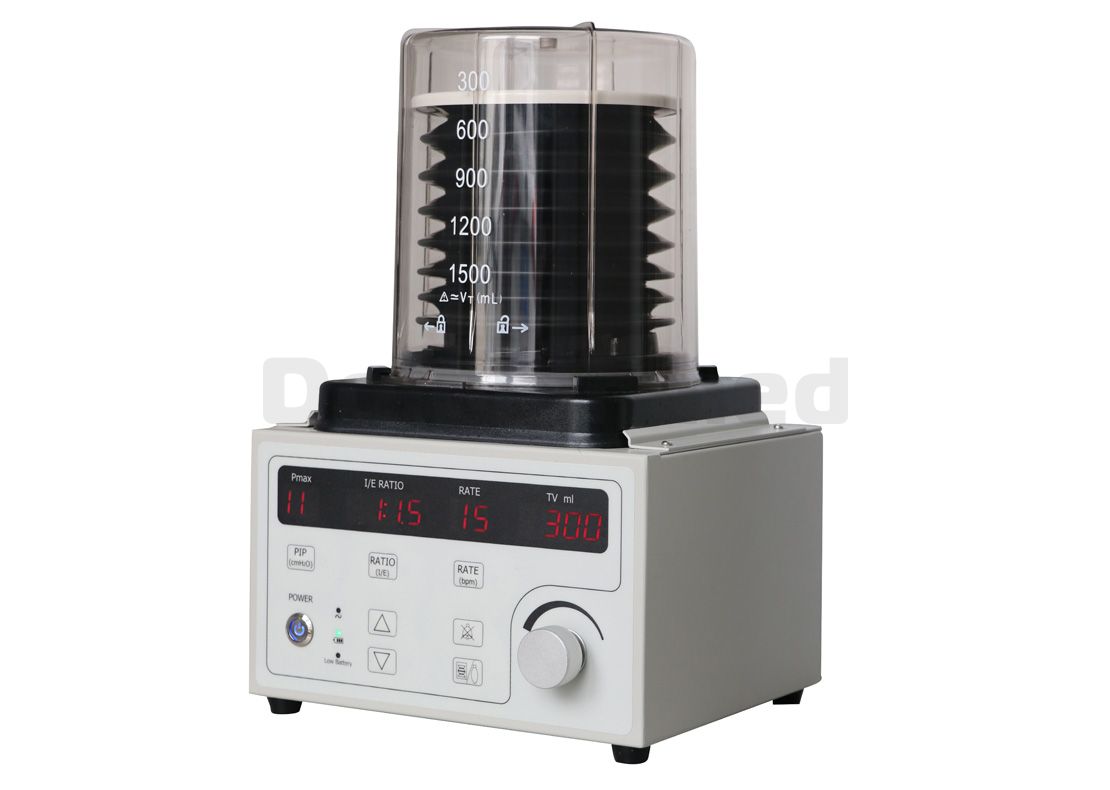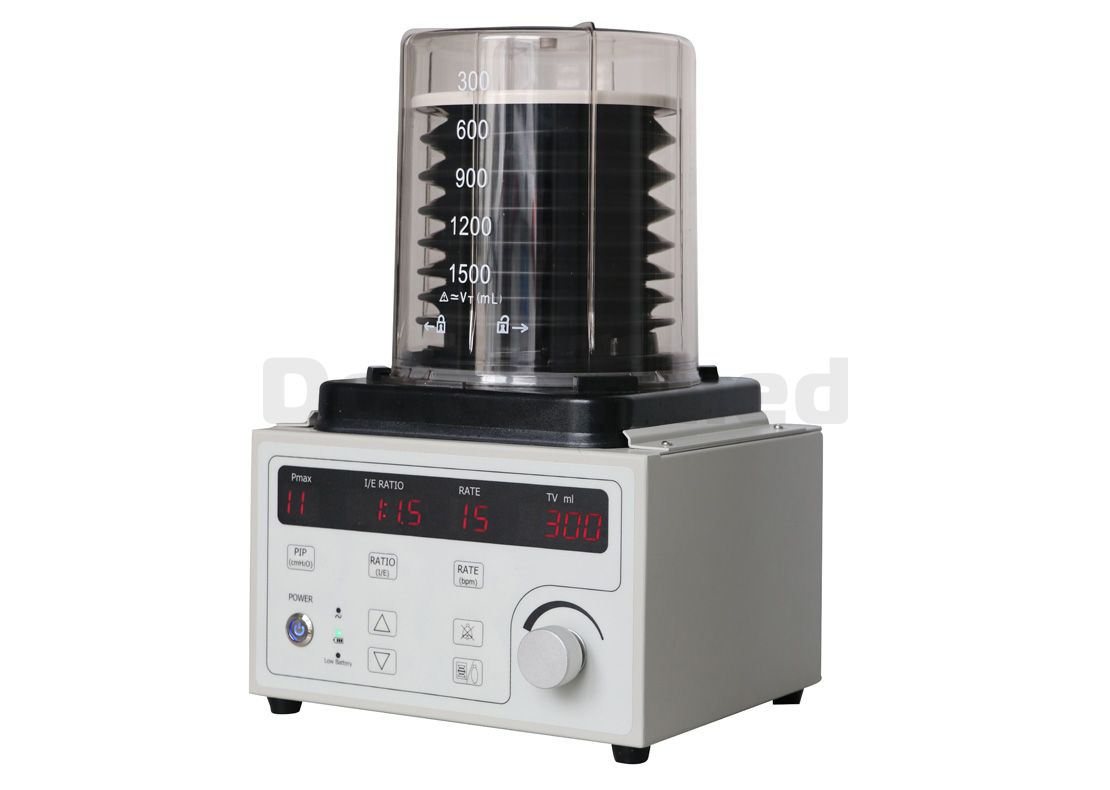How to Use an Anesthetic Ventilator?
A few of one of the most usual questions I am asked entail the Anesthetic
Ventilator. I listen to every little thing from "How to Use an Anesthetic
Ventilator?" to "I am afraid of it," to "We have one, yet no one understands
just how to use it." What an embarrassment! I am right here to tell you that it is not the large terrifying maker that it is regarded to be and that when you comprehend a couple of basic ideas, you will never ever once again want to anesthetize a person without one.
Throughout anesthesia, you have actually probably aided your client's respirations by pressing the tank bag. This is called hand-operated ventilation. Mechanical ventilation is similar to continual hands-on airflow except that the ventilator is doing the work of squeezing the bag. It is like having another technician with you to make sure that your patient is breathing to make sure that your hands are cost-free to do other points.
We are not discussing the ICU long-lasting ventilator (that point is terrifying). If an individual is subjected to above 60% oxygen for greater than 12-24 hours they go to danger for oxygen toxicity. This is a state where lung damage occurs because of a rise in cost-free radical formation. The lasting ventilator uses a variable oxygen concentration and can be used for an extended time period. It is generally made use of individuals that remain in breathing failure due to some kind of pulmonary disease or injury.
Our close friend the anesthetic ventilator is to be utilized with 100% oxygen for a limited period as well as generally on normal lungs. Anesthetic breathing failure is typically not as a result of lung pathology, yet to the individual's inability to ventilate normally, or because of hypoventilation or a decreased ventilatory drive because of anesthetic medicines.
Why use an Anesthetic Ventilator?
An anesthetic ventilator is useful due to the fact that it can aerate a client better than the individual can ventilate itself. Analgesics, surgical positioning, reduced body temperature level, and diaphragmatic problems are all risk elements for ineffective ventilation to which our anesthetized people are likely to be revealed. An anesthetic ventilator works in clients with an irregular respiratory system. This consists of the obese, incapacitated, pneumonia, or head injury patients, and individuals going through a thoracotomy or diaphragmatic rupture repair. Keep in mind that there is a difference in between breathing and air flow. Taking a breath refers to the lungs taking in and getting rid of air. This does not suggest that adequate air flow is taking place. Ventilation takes gas exchange into account. Just specified, appropriate ventilation indicates that oxygen is getting across the lungs and into the blood which co2 is leaving the blood by being exhaled through the lungs.
A tiny bit concerning gas exchange.
Making use of an anesthetic ventilator effectively protects against hypoxemia and also effectively eliminates carbon dioxide. Let's examine some fundamentals about oxygen and carbon dioxide:
Hypoxemia suggests that blood wants oxygen. All tissues in the body demand oxygen to live and count on effective airflow to bring oxygen across the lungs, right into the bloodstream, and also to the cells. Some causes of hypoxemia are blood shunting past the lungs, and airflow and blood perfusion mismatch, hypoventilation, reduced passionate oxygen, and also low perfusion. It is important to bear in mind that hypoxemia does not equal cyanotic mucous membranes. This is specifically true for a client that has been provided 100% oxygen.
PaCO2 refers to the quantity of co2 in arterial blood. Co2 is a byproduct of metabolism. Our cells make it, push it right into the blood stream, as well as rely upon effective air flow to take the gas across the lung membrane layer and also away from the body. Anesthetized patients are prone to have an elevated PaCO2 degree. One factor for this can be decreased removal of co2. Failing to "blow off" carbon dioxide can be because of hypoventilation (from medications given or central nervous system depression), muscular tissue weak point (from neuromuscular blockers or hypokalemia), or lung disease hindering the diffusion of carbon dioxide across the membrane layer. Rebreathing of co2 will certainly additionally create a raised PaCO2. Some reasons for this might be tired soft drink lime, extreme dead space in the breathing circuit, a being mischievous one-way shutoff on the anesthesia maker, extreme endotracheal tube size, or a reasonably huge end tidal CARBON DIOXIDE monitor attachment. Ultimately, the body might be making way too much carbon dioxide in an active metabolic state such as holds true with malignant hyperthermia, but this is rare.
What is the distinction between my person's spontaneous breathing as well as the positive pressure ventilation that the ventilator provides?
Throughout a spontaneous inspiration, intrathoracic stress ends up being adverse. This is what permits the lungs to inflate, as well as during this moment of adverse stress the volume of blood returning to the heart boosts. The opposite is true during favorable pressure air flow. During inspiration, the ventilator is pressing air right into the lungs to increase them. This creates a favorable pressure in the thorax which can break down large vessels and decrease the volume of blood going back to the heart. If the inspiratory phase is as well long, there may not be enough time during expiration for the heart to load. This triggers a decline in heart output. During positive pressure air flow, the inspiratory phase needs to be less than 2 seconds and the ideas to expiration proportion (I: E) need to be from 1:2 to 1:4.
Are there runs the risk of in operation favorable stress airflow?
Positive pressure air flow does have risks. A stress that is set expensive can rupture alveoli in the lungs, which may cause pneumothorax or pneumomediastinum. If positive stress is maintained throughout the respiration cycle, heart output might be lowered, causing a drop in high blood pressure and also perfusion. Hyperventilation might be caused by establishing the respiratory system price at high degrees. This might result in too many quantities of carbon dioxide being exhaled resulting in respiratory alkalosis. Additionally, there are particular instances where making use of favorable pressure ventilation is contraindicated. A compromised airway ought to not undergo undue stress. This includes people with a neglected pneumothorax as well as those that have recently had esophageal surgical treatment. Clients with boosted intracranial stress need to additionally not undergo favorable stress airflow.
Types of Anesthetic Ventilators
There are a number of various manner ins which a ventilator can provide a breath to a client.
Stress cycled-delivers volume up until a preset pressure is gotten to.
Volume cycled-delivers a preset quantity regardless of just how much pressure is essential to deliver it.
Time cycled-breaths are given at taken care of intervals despite the individual's spontaneous efforts.
Most vet anesthetic ventilators make use of a mix of these distribution systems. The most usual anesthetic ventilator is the stress controlled and also time cycled ventilator.
Preparing to make use of the ventilator.
Before placing a person on the ventilator, make sure you leak examination not only the anesthetic maker however the ventilator as well. Know normal worths for your individual as well as just how to set specifications on your maker.
Tidal Volume (TELEVISION) - quantity of gas delivered during one inspiratory stage.
TV = 10 - 15 ml/kg body weight 2.
Instance: a 5 kg pet cat would take a quantity of 50-75 ml of air per ideas (tide).
Respiratory System Price (RR) - a variety of breaths the individual receives in one minute.
RR = 8 - 12 breaths per minute in an anesthetized client.
Min Quantity (MV) - amount of gas the patient breathes in throughout one min.
MV = TV x RR.
Typical min volume ought to be 150-250 ml/kg/min.
Stress - refers to the quantity of stress that the delivered gas places on the air passage.
Normal stress = 15 - 20 cm WATER.
May need to be increased to 30 cm H2O in the case of the thoracotomy where the adverse thoracic stress has been eliminated or in cases where stomach components are putting pressure on the diaphragm.
Getting control of airflow.
You have established your parameters, affixed your individual to the ventilator, as well as transformed it on. It will currently take a while for the patient to quit spontaneous breathing and permit the ventilator to take over. A rate of 12-16 breaths per minute might be required for 3-5 mins before the person's very own efforts disappear.
Keeping track of the mechanically aerated client.
When you have your individual on the ventilator evaluated the parameters you approximated, it is time to check ventilation as well as fine-tune your setups.
One of the most typically used anesthetic surveillance device may probably be the pulse oximeter. This great gadget is easy to use and also gauges the oxygen saturation of hemoglobin in the blood and reports a pulse rate. It does not gauge arterial carbon dioxide (PaCO2) and also therefore does not determine the ventilation condition of the person.






 English
English  French
French  Chinese
Chinese  Spanish
Spanish 
















